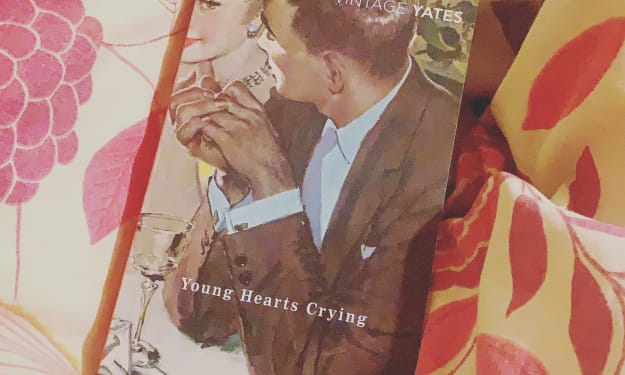A Filmmaker's Guide to: The Extreme Close-Up
Film Studies (Pt.118)

In this chapter of ‘the filmmaker’s guide’ we’re actually going to be learning about literature and film together. I understand that many of you are sitting in university during difficult times and finding it increasingly hard to study and I understand that many of you who are not at university or not planning on it are possibly stuck of what to do, need a break or even need to catch up on learning film before you get to the next level. This guide will be brief but will also contain: new vocabulary, concepts and theories, films to watch and we will be exploring something taboo until now in the ‘filmmaker’s guide’ - academia (abyss opens). Each article will explore a different concept of film, philosophy, literature or bibliography/filmography etc. in order to give you something new to learn each time we see each other. You can use some of the words amongst family and friends to sound clever or you can get back to me (email in bio) and tell me how you’re doing. So, strap in and prepare for the filmmaker’s guide to film studies because it is going to be one wild ride.
The Extreme Close-Up
What is it?
An extreme close-up is even closer than a regular close-up. It does not only close in on a particular character and/or expression, but seems to focus on something increasingly particular to give meaning to the entire scene.
How is it used?
In cinema, there is a difference between close-up and extreme close-up. Extreme close-up is possibly made to focus on one particular thing whereas the close up itself may give some sort of context with one or more things within a small shot.
Let's take a look at how that works then:
Case Study: "The Shining" vs. "Doctor Sleep"
1) Close-Up
The close-up shows the character expression and one or two other things within the shot that give small amounts of context. Have a look at this where the main object is the axe:

2) The Extreme Close-Up

In this, we see the extreme close-up where we are directly focused on the character's reaction to the situation of seeing the axed door. In this, we are not given context because, due to what the previous film was about, we would already know what the context is. With that in mind, the shot can solely focus on the facial expression of the character rather than other things within the space of the shot.
Others
As we can see, there are numerous reasons why an extreme close-up would be favoured over just a close-up. Other films where this has been used successfully include Derek Jarman’s “Caravaggio” and Peter Watkins’ “Edvard Munch” where we can see the characters and objects of interest in extreme close-up in order to understand their relevance to not only the storyline, but their relevance to the presentation of theme and the ideas perpetuated via the film and its script. Make no mistake, extreme close-ups are only really used when necessary and are pretty well-timed when it comes to the script of the film. If you were to watch “Edvard Munch” (1974), you would find that the extreme close-ups upon not just expression but upon the paintings have a key relevance to the life of the painter. Just have a look at the way we see a close-up of the man’s face at various points in the film but we get extreme close-ups of paintings when he is going through a crisis in painting it, or however trying to display it and it has not garnered the correct kind of attention.
Conclusion
Again, do not over-use the extreme close-up as overuse can mean it loses all meaning. It is thrown in to measure importance, to harness the character or a situation or even an object in a particular state of time and if there is not a reason to use it then I would suggest steering clear until there is.
About the Creator
Annie Kapur
200K+ Reads on Vocal.
English Lecturer
🎓Literature & Writing (B.A)
🎓Film & Writing (M.A)
🎓Secondary English Education (PgDipEd) (QTS)
📍Birmingham, UK






Comments
There are no comments for this story
Be the first to respond and start the conversation.